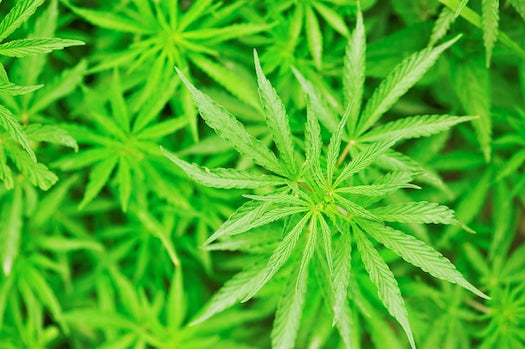How The Brain Creates Marijuana-Fueled Munchies
The neuroscience of appetite is totally weird

O, Mouse! What have you not done for science? But perhaps this experiment was not as bad as most: In a recent study, an international team of biologists used mice to figure out which brain cells are involved in creating the marijuana munchies.
Since humans have many of the brain cell types that mice do, with similar behaviors linked to them, the studies findings provide a clue as to how the munchies work in people. The research is also part of a larger effort to understand how the brain controls people’s appetites, which is important to health. Such research might eventually help scientists make new treatments for people with poor appetites, such as chemotherapy or AIDS patients.
So what’s the secret to cannabis cravings? To find out, biologists injected mice with a chemical that sticks to certain cannabinoid receptors in their brains. Cannabinoids are the active chemicals found in marijuana. The human body also produces cannabinoids–not the same ones as marijuana plants, obviously, or else everybody would be high all the time–to regulate important bodily systems. That’s why humans and other mammals have cannabinoid receptors in their brains, ready for hijacking by marijuana. This group of biologists, led by Tamas Horvath of Yale University, found their mice ate more when they had their cannabinoid receptors stimulated. So far, so good. Many other biologists have found the same.
The human body also produces cannabinoids–not the same ones as marijuana plants, obviously, or else everybody would be high all the time.
Hovarth’s team also found something unexpected, however. In response to cannabinoid receptor stimulation, another set of neurons in the mice’s brains got to work. These neurons are called POMC neurons, short for hypothalamic pro-opiomelanocortin neurons. In previous studies, scientists found that activating POMC neurons makes animals eat less. Yet when cannabinoids were around, the POMC neurons totally switched jobs, making the mice eat more.
This likely isn’t the only mechanism by which marijuana cannabinoids make people and lab mice feel peckish when they ought to be full, Hovarth said in a statement. The finding will need further testing and confirmation, since it goes against everything else researchers have found about POMC neurons. The bottom line is that appetite is weird and complicated. There many surprising things about it left for scientists to learn.
Hovarth and his colleagues published their work today in the journal Nature.